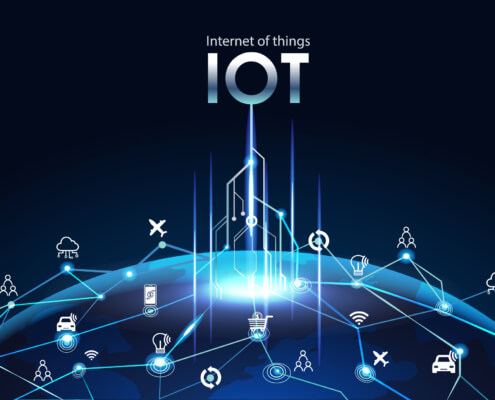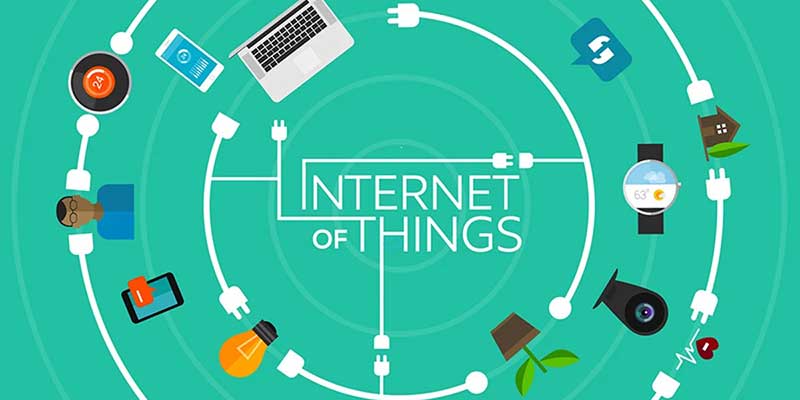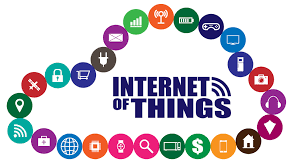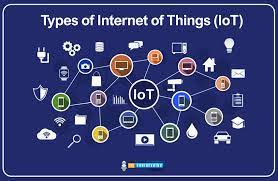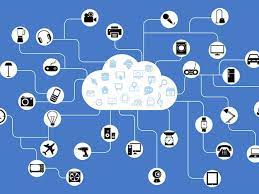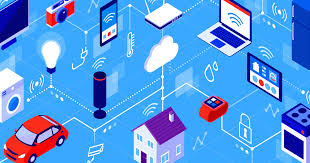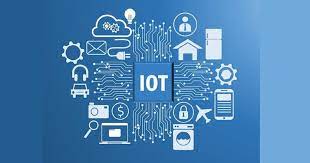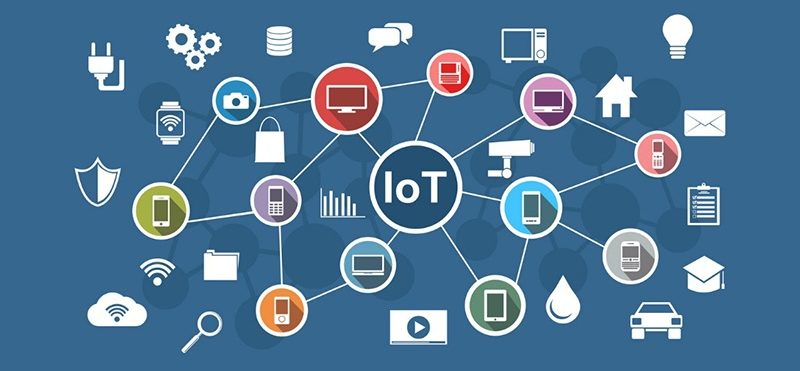16
Oct
IoT systems present unique security challenges due to their large number of interconnected devices, diverse communication protocols, and varying levels of device capabilities. Here are some common security challenges in IoT systems: Device Vulnerabilities: IoT devices often have limited computational resources, making it challenging to implement robust security measures. Many devices may lack security features like secure boot, firmware update mechanisms, or tamper-proofing. This can make them vulnerable to attacks such as unauthorized access, data breaches, or device compromise. Inadequate Authentication and Authorization: Weak or inadequate authentication and authorization mechanisms can lead to unauthorized access to IoT devices or networks.…
